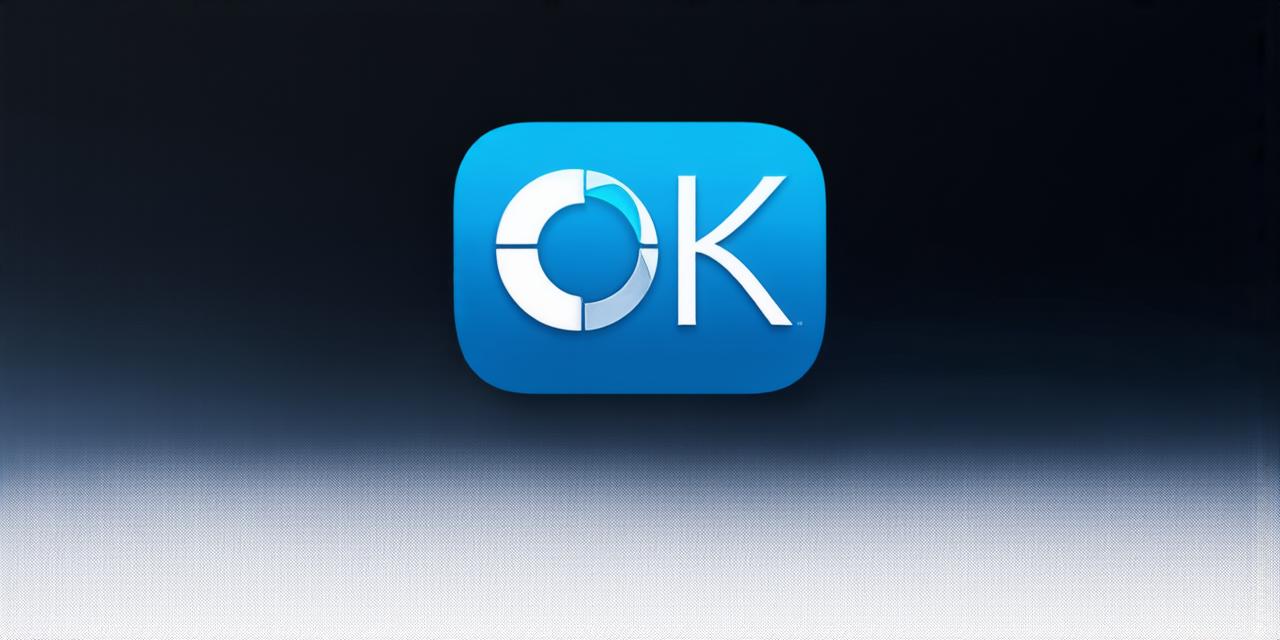For iOS app developers, bundle ids play a crucial role in the development and deployment of their apps. A bundle id is a unique identifier assigned to an app by Apple and is used to distinguish it from other apps on the App Store.
Understanding Bundle Ids
A bundle id is a unique identifier assigned to an app by Apple. It consists of a string of characters that are used to identify the app in the App Store, as well as in other Apple services such as iTunes and TestFlight. The bundle id is generated automatically when an app is created in Xcode, but it can be changed later if necessary.
The main purpose of a bundle id is to ensure that each app on the App Store has a unique identifier. This helps prevent confusion between apps with similar names or brands. It also allows developers to easily manage their apps in iTunes Connect and other Apple services.
Creating a Bundle Id Strategy
When creating a bundle id strategy for your iOS app, there are several factors to consider. These include:
- App Name and Brand: Your app’s name and brand should be included in the bundle id. This helps ensure that your app is easily identifiable and that other developers do not use your brand name in their own apps.
- Target Audience: Consider your target audience when creating a bundle id. If you are targeting a specific demographic or niche market, consider including relevant keywords or terms in the bundle id to make it easier for users to find your app.
- App Category: The category of your app should also be included in the bundle id. This helps ensure that your app is listed in the correct section of the App Store and that users can easily find apps similar to yours.
- Geographic Location: If your app is targeted at a specific geographic location, consider including the country code or region in the bundle id. This helps ensure that your app is available in the appropriate stores and that users can easily find apps that are relevant to their location.
- App Version: The version of your app should also be included in the bundle id. This helps Apple track updates and changes to your app over time and ensures that users always have access to the latest version of your app.
Best Practices for Creating a Bundle Id
When creating a bundle id for your iOS app, it’s important to follow best practices to ensure that your app is easily identifiable and that other developers do not use your brand name in their own apps. These best practices include:
- Use a descriptive and memorable name: Your bundle id should be descriptive and memorable. It should clearly convey what the app does and make it easy for users to remember.
- Keep it short and sweet: Bundle ids are limited in length, so it’s important to keep them as short and concise as possible while still including all necessary information.
- Use a reverse domain name format: It is recommended to use a reverse domain name format when creating a bundle id. This makes it easier for Apple to track your app and ensures that other developers do not use your brand name in their own apps.
- Avoid using spaces or special characters: Bundle ids should not contain spaces or special characters. Instead, use hyphens or periods to separate words.
- Update your bundle id regularly: If you make significant changes to your app, such as adding new features or changing the app’s name, it’s important to update your bundle id to reflect these changes.

Getting a Bundle Id for Your iOS App
To get a bundle id for your iOS app, follow these simple steps:
- Open Xcode and create a new project or open an existing one.
- In the Project Navigator, select your target and go to the Target Info page.
- Scroll down to the “Identity” section and click on “Bundle Identifier.”
- Click on the “+” button to add a new bundle identifier.
